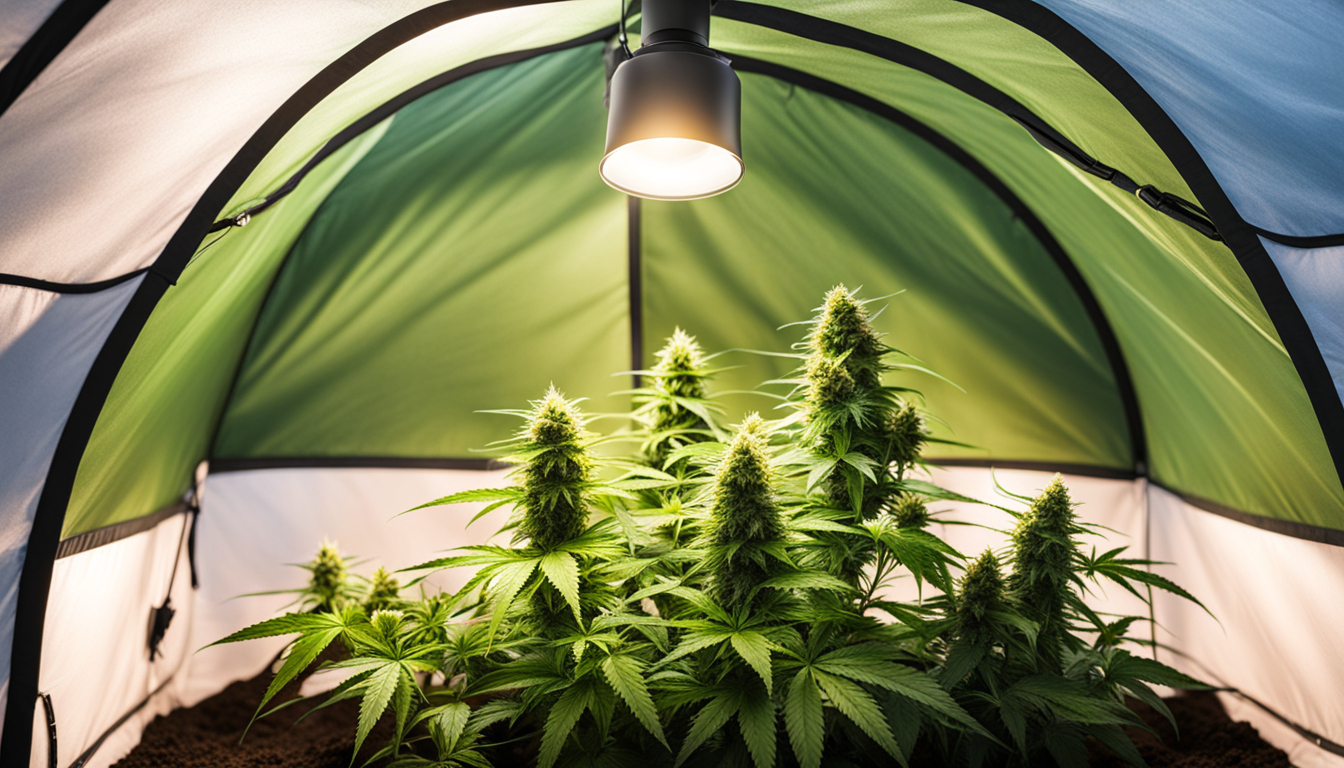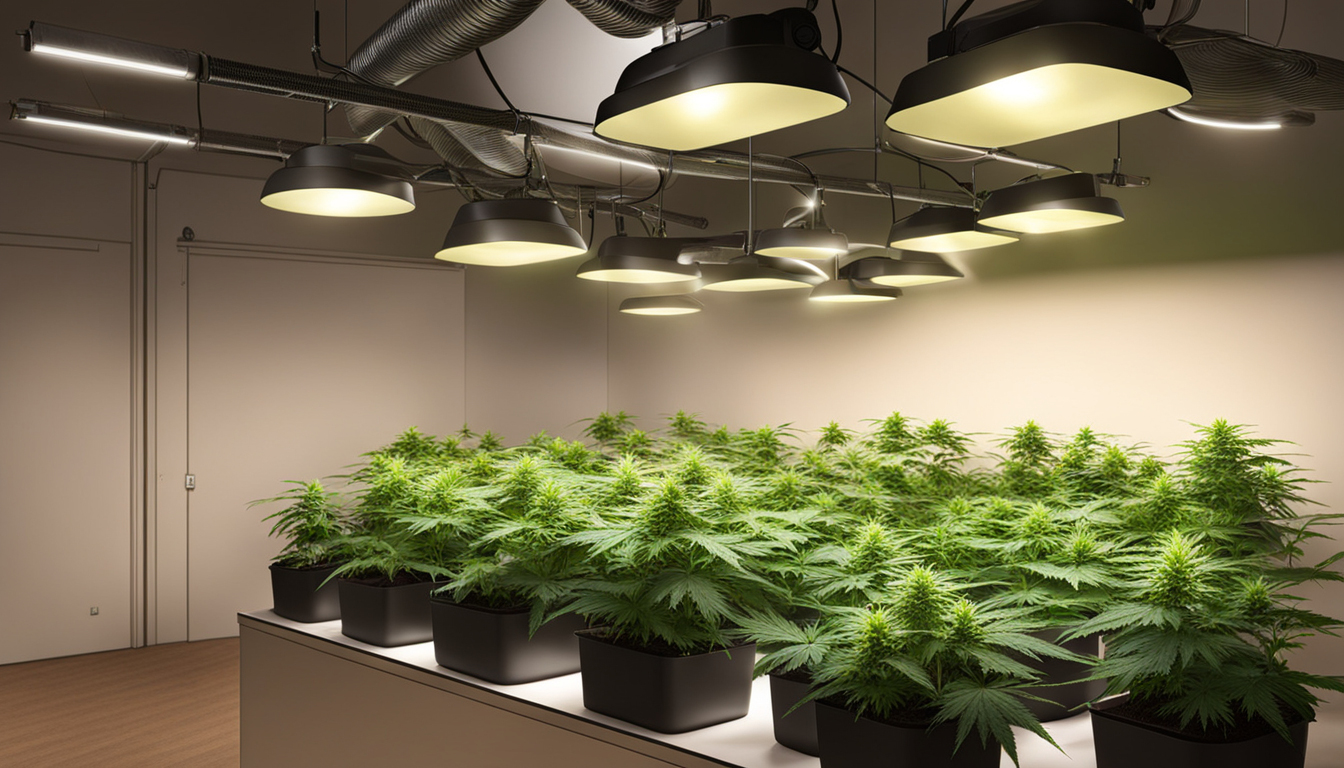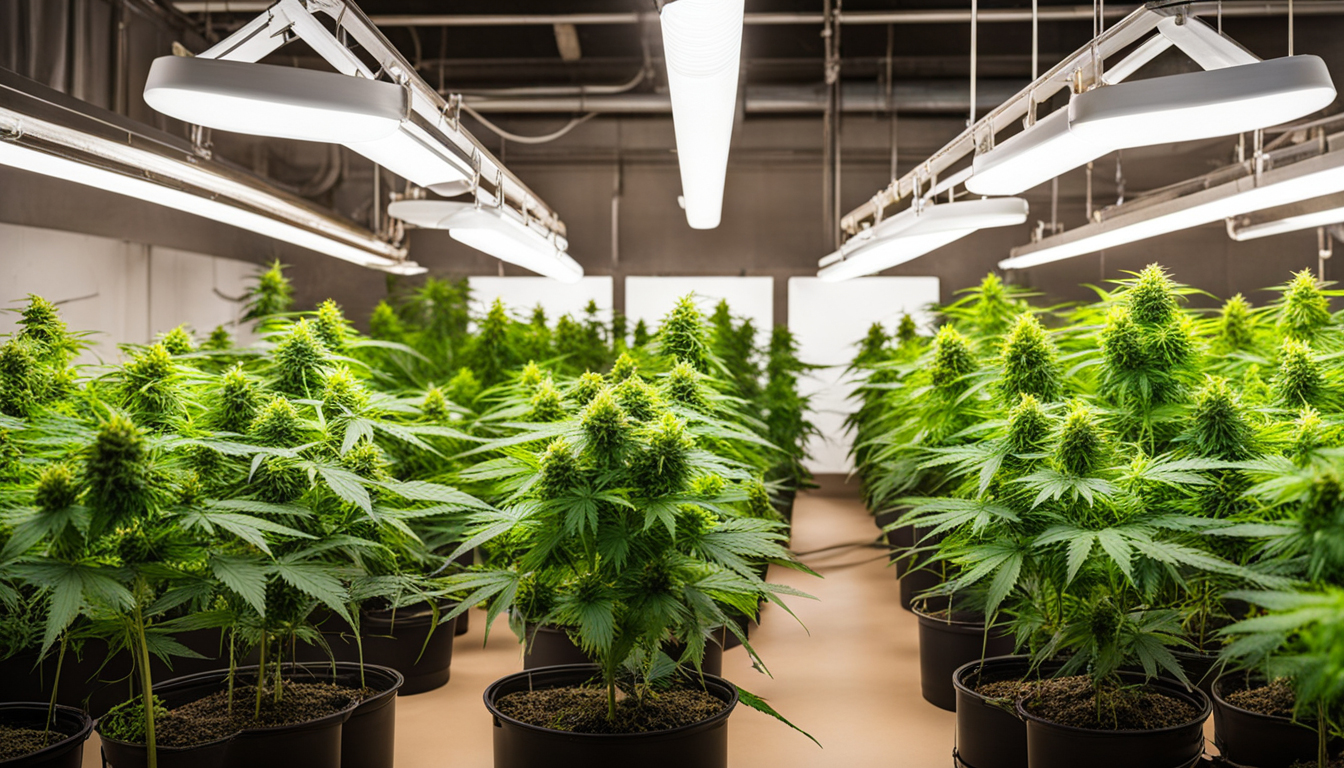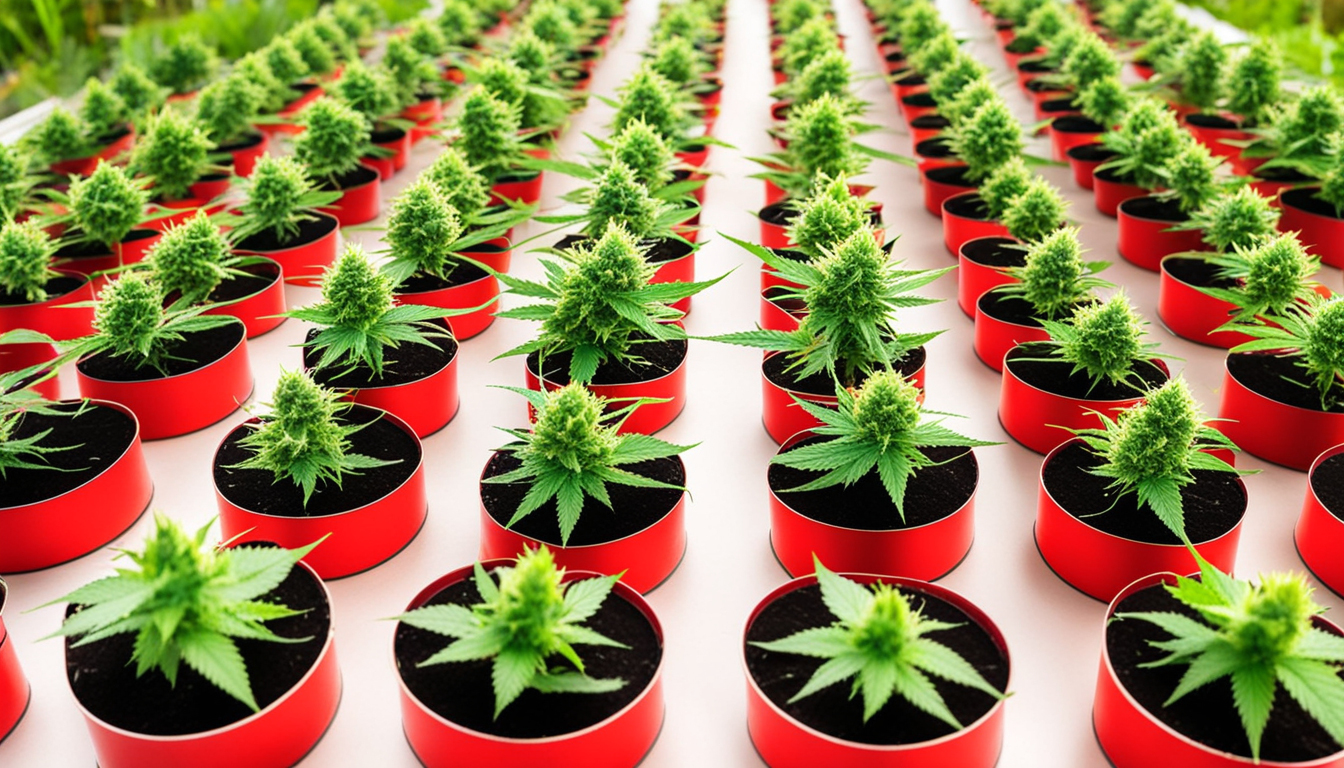
Whether you're just starting out with pot cultivation or looking to improve your existing crop, following this complete guide will help you produce bountiful, high-quality yields right at home. With the right supplies, techniques, and care, cultivating pot indoors can be an extremely rewarding and cost-effective endeavor.
Choosing Cannabis Strains
The first step in planning your indoor crop is choosing the right pot strains to cultivate. The three main types of marijuana plants each have their own qualities.
Sativas
Known for their energizing intellectual effects, these strains spread tall and slender with narrow leaves. They flourish in tropical tropical climates and have a longer flowering time between 10-12 weeks indoors. Top sativa varieties include Sour Diesel, Durban Poison, and Jack Herer.
Indicas
These strains provide calming body-focused effects and spread short and bushy with broad leaves. Adapted to cooler mountain climates, they flower faster within 2-2.25 months. Popular relaxing varieties include Northern Lights, Bubba Kush, and Bubba Kush.
Hybrids
Hybrid strains mix traits from both energizing strains and relaxing strains. They offer combined effects and have moderate blooming times around 2.25-2.5 months. Popular hybrids are OG Kush, Girl Scout Cookies, and Blue Dream.

Setting Up Your Grow Space
Weed plants need the right controlled environment to thrive. Key factors for indoor farms are lighting, airflow, layout, and finding the ideal discreet spot.
Location
Choose an empty space with quick access to water and electrical outlets. An empty spare room, large closet, basement corner, or grow tent locked away in a garage all make great stealthy cultivation room spots.
Lights
Marijuana requires strong light for all growth stages. LED grow lights are efficient and come in broad spectrum options replicating real outdoor light. Cover 15-25 watts per square foot for the growth stage and 400-600 watts per square foot for flowering.
Ventilation
Proper ventilation and exhaust systems keep ideal temperature, moisture, and pure CO2 levels. Install quiet 10-15 cm blowers or carbon filters to refresh old air and reduce smells.
Layout
Maximize your space by arranging plants carefully under the lights and allowing room to access and work around them. Set up distinct zones for growth, flowering, curing, and propagation.

Growing Substrates
Weed can be grown in various mediums, each with benefits and cons. Pick a proper option for your specific setup and cultivation style.
Soil
The classic medium, soil is inexpensive and easy for new growers. It provides great taste but requires more irrigation and fertilizing to feed plants. Amend soil with vermiculite or coco to enhance drainage.
Coconut coir
Made from coconut husks, reusable coconut fiber retains water but still lets in air to the roots. It's cleaner and more consistent than soil. Use coco-specific fertilizers to avoid accumulation.
Water systems
In hydro systems, plant roots develop directly in nutrient irrigation solution. This allows quick growth but needs close observation of water properties. DWC and drip systems are popular methods.
Germinating Seeds
Sprouting prepares your cannabis seeds to start growing taproots. This readies them for transplanting into their growing medium.
Paper Towel Method
Put seeds between damp paper towels and maintain them damp. Check after a week for growing taproots indicating sprouting is complete.
Direct Planting
Insert seeds directly into wetted growing medium 1⁄4 inch deep. Gently water and wait 7-14 days until seedlings push through the top.
Cubic rockwool
Presoak cubic rockwool starters in balanced water. Place seeds 6mm deep into the cubes. Keep cubes moist until sprouts appear within 1-14 days.
Repotting Young plants
Once sprouted, marijuana young plants need to be transplanted to avoid crowding. Move them into appropriately sized pots.
Preparing Containers
Load large pots with growing medium enriched with slow-release nutrients. Let pots to soak up water overnight before transplanting.
Gently repotting
Gently separate young roots from sprouting medium using a spade. Place into prepared container at equal depth as before and gently water in.
Growth Stage
The growth stage encourages leafy growth and plant structure through 18-24 hours of continual lighting intensity. This stage usually lasts 4-8 weeks.
Providing 18-24 Hours of Light
Use lamps Learn More on a 24 daily schedule or natural sunlight to trigger constant growth. Lamp output influences size and internodal spacing.
Nutrients
Use grow stage nutrients higher in N. Make sure pH remains around 6.5 for proper nutrient uptake. Fertilize 25-50% concentration after 2 weeks and increase gradually.
Training Techniques
Topping, low stress training, and scrogging manipulate growth patterns for even canopies. This increases yields.

Flowering Stage
The blooming stage grows buds as plants show their sex under a 12/12 light schedule. It lasts 8-12 weeks based on variety.
Switching to 12/12
Change lamps to 12/12 or move outdoors for natural 12 hour cycle. This triggers plants to begin flowering.
Stop Fertilizing
Leaching flushes out fertilizer residuals to improve taste. Feed lightly the first period then just use pH'd water the last 2 weeks.
Flushing
Continue 12/12 light timing but flush using neutral pH water only. Return to plain watering if buds aren't ripe Click Here after two weeks.
Reaping
Recognizing when weed is fully ripe delivers peak cannabinoid content and aroma. Harvest plants at optimal ripeness.
Identifying Ripeness
Look for fading pistils, swelling calyxes, and 5-15% amber trichomes. Check buds around the plant as they don't all ripen evenly.
Cutting Plants
Use clean, sharp trimming scissors to carefully cut each plant at the base. Keep 5-10cm of stem attached.
Curing
Suspend whole plants or colas inverted in a dark room with moderate temp and humidity around 50-60% for 1-2 weeks.
Curing
Curing keeps desiccating while aging the buds like aged spirits. This technique smooths harshness and further develops terpene contents.
Jars and Humidity
Trim cured buds from branches and place into sealed containers, filling about 3⁄4 full. Use a sensor to monitor jar moisture.
Opening jars daily
Unseal jars for a few hours each day to slowly lower moisture. Remoisten buds if humidity goes under 55%.
Final Cure
After 2-3 weeks when moisture levels off around 55-65%, do a final manicure and store long-term in airtight jars.
Common Problems and Solutions
Even seasoned growers run into various pot plant problems. Identify problems early and address them correctly to maintain a vibrant garden.
Nutrient Deficiencies
Yellowing leaves often signify Learn More insufficient nitrogen. Anthocyanins and leaves show low phosphorus. Test pH and increase fertilizers gradually.
Bugs
Thrips, aphids, fungus gnats, thrips, and nematodes are frequent weed pests. Use neem oil sprays, predator bugs, and sticky traps for organic control.
Mold
Excessive humidity encourages botrytis and bud rot. Increase airflow and venting while lowering RH under 50% during flowering.

Summary
With this complete indoor cannabis cultivation guide, you now have the info to cultivate plentiful strong buds for private grows. Follow these techniques and methods throughout the seed starting, vegetative, and flowering stages. Spend in good gear and carefully monitor your plants. In time, you'll be compensated with frosty aromatic buds you raised yourself under the patient guidance of your green thumbs. Happy growing